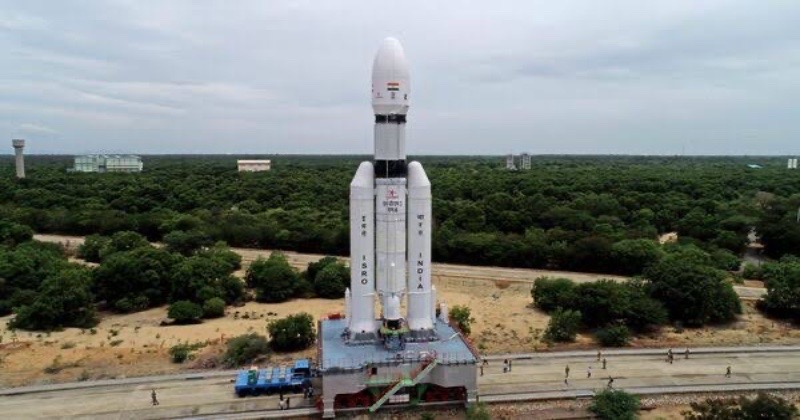
As the clock counts down to ISRO’s high-profile launch of the year, the Chandrayaan-3 lunar mission, all eyes are on the country’s space agency, whose scientists are eager to taste success with a soft landing on the lunar surface and join the elite club of nations that have accomplished the difficult task.
On Friday, the ‘fat boy’ LVM3-M4 rocket will launch Chandrayaan-3 as part of India’s ambitious moon quest. The highly awaited mission will be launched from this spaceport at 2.35 p.m. on Friday by the Indian Space Research Organisation. The gentle landing on the surface of the moon is scheduled for late August. The third lunar exploration mission, Chandrayaan-3, is preparing for launch in the fourth operational mission (M4) of the LVM3 rocket. ISRO is breaking new ground by showing soft-landing on the lunar surface with its lunar module and wandering on the lunar topography, according to the space agency.
The launch countdown has begun at 25.30 hours. The mission is designed to help future interplanetary journeys. The Chandrayaan-3 project includes an indigenous propulsion module, a lander module, and a rover with the goal of developing and testing new technologies needed for interplanetary missions. The largest and heaviest LVM3 rocket (previously GSLV MkIII), affectionately referred to as ‘fat boy’ by ISRO scientists due to its heavylift capabilities, has completed six consecutive successful missions. Friday’s mission is LVM3’s fourth operational flight, with the goal of launching the Chandrayaan-3 spacecraft into Geo Transfer Orbit.
According to scientists, the propulsion module is projected to separate from the rocket roughly 16 minutes after lift-off and orbit the Earth 5-6 times in an elliptical cycle with 170 km closest and 36,500 km furthest from Earth going towards the lunar orbit. After acquiring speed, the propulsion module and lander would travel for over a month to reach lunar orbit, where it would be 100 km above the lunar surface. After reaching the desired position, the lander module will begin its descent for a gentle landing on the moon’s south pole region, which is slated to take place on August 23 or 24, according to ISRO scientists.

Post Your Comments